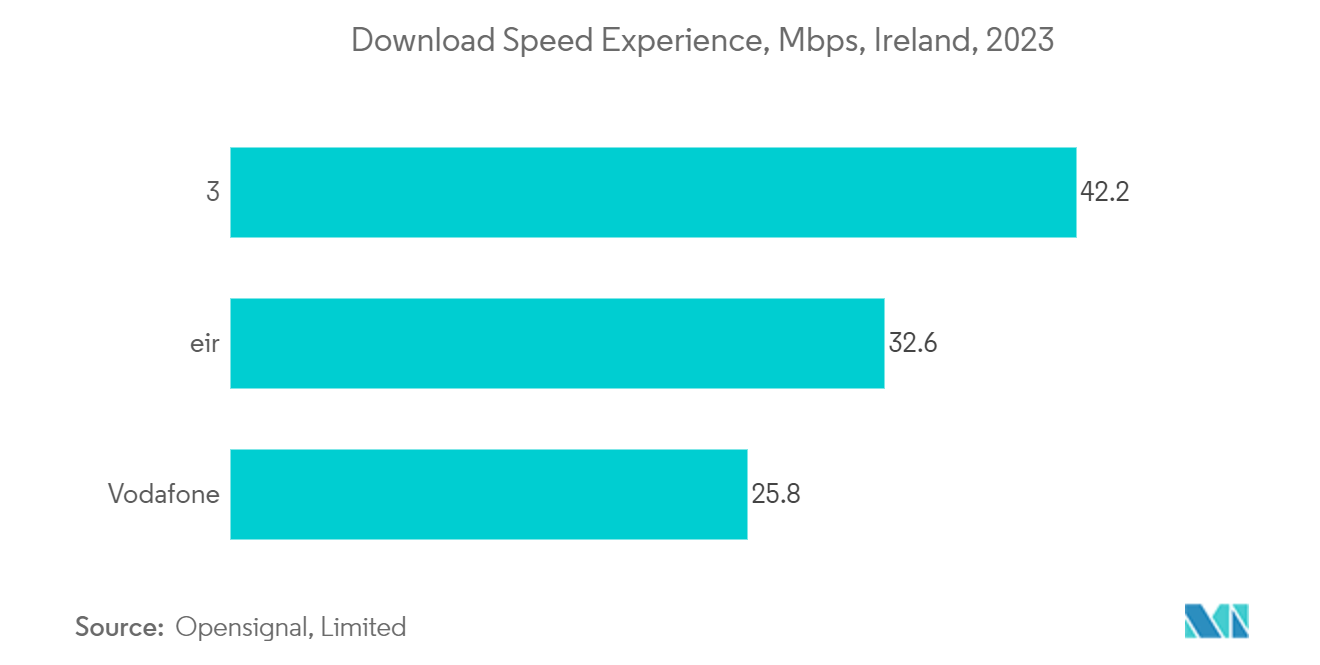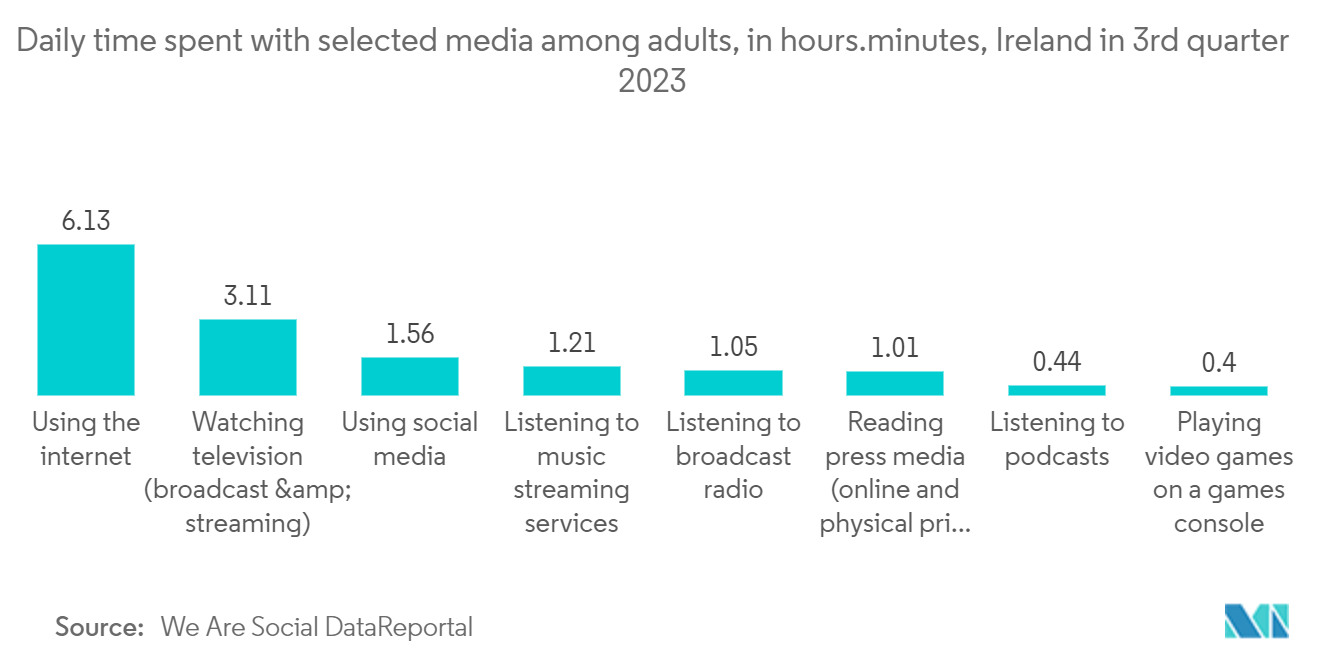Market Trends of Ireland Data Center Physical Security Industry
Video Surveillance is Anticipated to be the Largest Segment in the Market Studied
- Commercial data center security systems are the most effective crime deterrent tools. Any business, facility, or event can benefit from integrating physical security systems with IT and video surveillance systems. All three together create a great security system for the data center. Almost all electronic security systems today include elements based on digital infrastructure, such as routers, servers, storage, and video cameras, providing maximum protection against most types of security risks.
- Data centers are home to sensitive and vital data, which makes security their highest priority. Data center operators help ensure that security standards and regulations are respected through video surveillance systems, which monitor access, detect unauthorized entry, and maintain compliance.
- Physical security starts with people. Data centers must be protected 24/7 by security guards patrolling the outside and inside of the building. Having an experienced, well-trained, and certified security team is essential.
- Furthermore, the growth in the development of new data centers in Austria would trigger market demand. For instance, in November 2023, SK Ecoplant and Lamclune Energy planned to build a new data center in Ireland that will use gas fuel cells instead of grid connections. The agreement was signed between the Irish development company and SK Group's construction subsidiary during an Irish trade mission to South Korea.

IT and Telecommunication is Anticipated to be the Fastest Growing Segment
- The market in Ireland has been driven by increasing cloud usage across major enterprises as a result of advancements in technology. An industry survey suggests that a 10% increase in cloud adoption by the Irish public sector could yield economic benefits of USD 511.9 million annually. In terms of investment, AWS announced plans to invest in a new campus in Charlemont Square to accommodate its cloud computing workforce, which was scheduled to open in September 2022.
- The urban population in the country grew steadily over the years, from 62.95% in 2019 to 63.91% in 2021, with more than 65% of the population between the ages of 15 and 64. This led to increased technological inclusion among the population. Consequently, proximity to cloud service providers (CSPs) has become critical for businesses when selecting a data center in their local market. As a result, Dublin has emerged as a cloud computing hub, hosting major cloud providers such as Microsoft, Google, Amazon Web Services, and IBM.
- Online marketing is also driving the growth and demand of this segment as more audiovisual content is launched on social media platforms and shopping websites as part of digital marketing efforts. Digital advertising spending in Ireland saw a steep rise, from EUR 575.2 million (USD 625.4 million) in 2018 to EUR 830 million (USD 902.5 million) in 2021, highlighting the significance of cloud technology in the digital marketing segment. These factors further support the growth and demand for data computing facilities within the cloud segment.
- The technology, media, and telecoms (TMT) sector in Ireland contributes around 13% to the country's GDP. However, the market share of this sector is anticipated to decrease from 19.04% in 2022 to 13.06% in 2029. Building wireless networks in Ireland has long been a challenge for telecom operators. Nonetheless, significant infrastructure projects are underway, including the NBN, which aims to deliver a fiber-based service with at least 150 Mb/s nationally in the coming years. As operators work to enhance capacity with 5G deployment, their network strategy is evolving to include greater use of spectrum in higher frequency bands.
- Such developments, the growing urban population, and the ongoing demand for the cloud are, in turn, expected to boost the demand for the data center market from the IT and telecom segment, leading to major demand for the cooling infrastructure during the forecast period.


